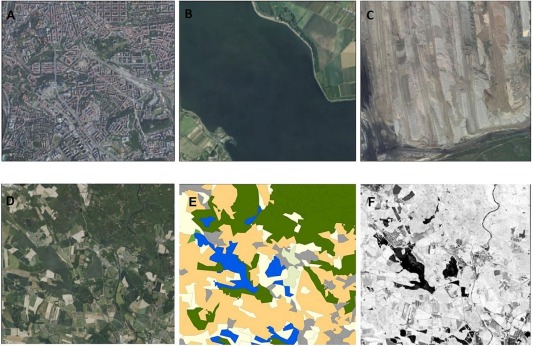Objective: Testing Unclassified Multispectral Data for Bird Species Richness
The study investigates whether unclassified multispectral data from Landsat 8 can replace classified land cover data for bird species richness modeling and tests the Spectral Variability Hypothesis (SVH). Using bird data from the Czech Republic’s 2014–2017 Atlas of Breeding Birds, the authors modeled species richness at two spatial resolutions (large squares of 131 km² and small squares of 8 km²). They compared the predictive power of classified land cover data (Corine 2018) with unclassified spectral heterogeneity metrics derived from Landsat 8.
Key Findings: Spectral Heterogeneity Outperforms Classified Land Cover Data
Key findings indicate that unclassified remote-sensed data, especially spectral heterogeneity, performed better than classified land cover data in predicting bird species richness. Models that accounted for landscape type interactions showed that relationships between bird diversity and spectral heterogeneity varied across different landscape types. Additionally, the results highlighted that the size of the mapping unit (large squares versus small squares) was more important than the resolution of the satellite imagery in explaining species diversity.
Conclusion: Context-Dependence of Spectral Heterogeneity for Bird Diversity
Overall, the study demonstrates that unclassified multispectral data can effectively assess bird diversity, offering a promising alternative to classified land cover maps. However, the relationship between spectral heterogeneity and species richness is context-dependent, influenced by landscape type and scale.
See the full article here: https://www.sciencedirect.com/science/article/pii/S1569843224001171?via%3Dihub



